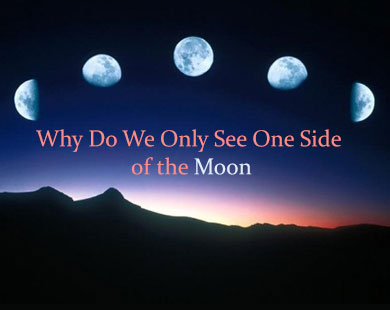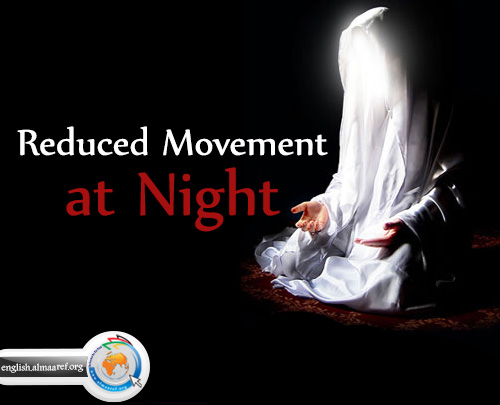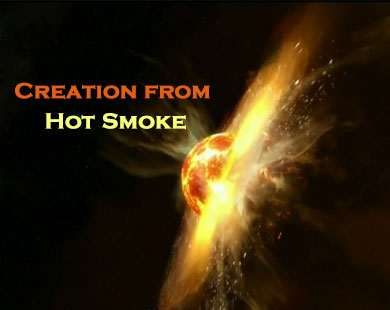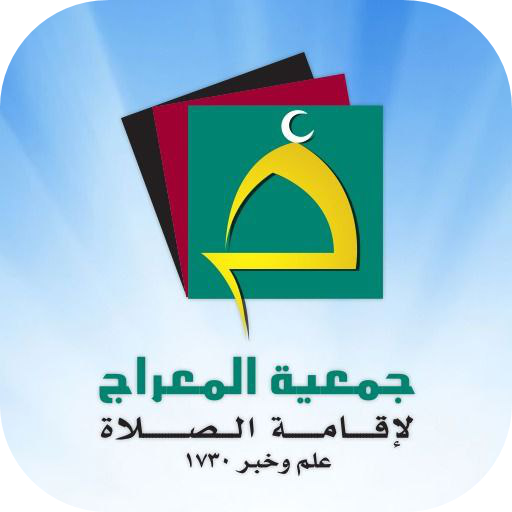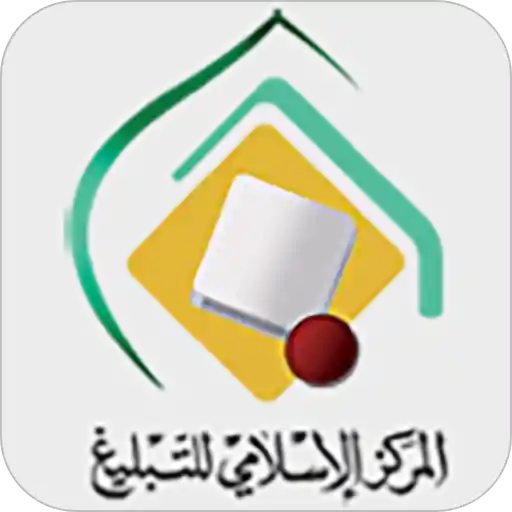Have you ever noticed that when you look at the moon, you are always looking at
the same side? Since the moon rotates on its axis, how can that be? This Article
will answer your queries.
You may have heard references made to the "dark side" of the Moon. This popular,
although somewhat inaccurate term refers to the fact that only one face of the
Moon, the "near side", is visible to us. The dark side or far side is
permanently rotated away from our planet.
Why is this the case? We all know that the Earth rotates on its own axis; so
theoretically, the Moon should also do the same, allowing us to get a full
picture of the planetoid. Why are we limited to seeing only 50 percent? It turns
out that the speed at which the Moon rotates has lead to this particular
phenomenon. Millions of years ago, the Moon spun at a much faster pace than it
does now. However, the gravitational influence of the Earth has gradually acted
upon the Moon to slow its rotation down, in the same way that the much smaller
gravitational influence of the Moon acts upon the Earth to create tides. This
influence slowed the rotational period of the Moon to match that of its orbit –
about 29.5 days – and it is now "locked in" to this period.
If the Moon didn’t spin at all, then eventually it would show its far side to
the Earth while moving around our planet in orbit. However, since the rotational
period is exactly the same as the orbital period, the same portion of the Moon’s
sphere is always facing the Earth.
Another interesting fact is that actually a little bit more than half of the
Moon’s surface is observable from Earth.
Since the Moon’s orbit is elliptical, and not circular, the speed of its orbital
travel increases and decreases depending on how close it is to our planet. The
rotational speed of the Moon is constant however – and this difference between
orbital speed and rotational speed means that when the Moon is farthest from the
Earth, its orbital speed slows down just enough to allow its rotational speed to
overtake it, giving observers a small glimpse of the usually hidden area. The
term for this "rocking" motion of the Moon is called liberation and it allows
for 59 percent of the Moon to be seen in total (over time).
Finally, the reason that the far side of the Moon is frequently referred to as
the "dark side" is because many people mistakenly think that it never sees any
light from the sun. This notion results from a misinterpretation of the fact
that it is never illuminated so that it can be observed from Earth.
In fact, since the Moon is constantly rotating on its own axis, there is no area
of the planetoid which is in permanent darkness, and the far side of the Moon is
only completely devoid of sunlight during a Full Moon – when the Sun is facing
the Moon with the Earth in between.
* Source: moonconnection.com


